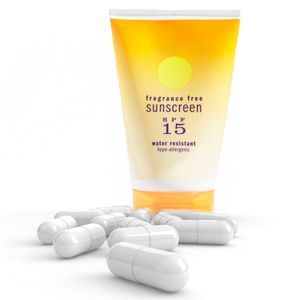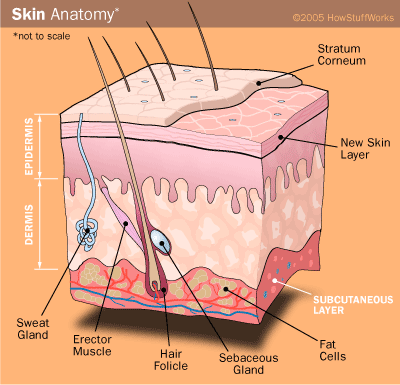Everything about summer seems to suggest a carefree lifestyle. It's a time for beaches and barbeques, volleyball and vacations, swimming and sun. It's when we shrug off the rubber rain gear of spring and completely forget things like heavy winter coats and sweaters. With the sun shining, the chill of fall feels like a lifetime away.
However, there is danger that exists outdoors even during this happy season. The danger is strongest during those seemingly innocent sunny days of summer, and it's inescapable. It's there during every trip to the beach, every walk in the park, every picnic with the family. It goes on vacation with us. It even hides behind the clouds on rainy days.
Advertisement
It's the danger of ultraviolet, or UV, radiation.
If you're like a lot of people, you may find concerns about UV radiation easy to dismiss. You might think that you don't have to worry about wrinkles until you're older, or that getting a "base tan" is a must to prevent serious sunburn. It's possible you even believe that tanning in a tanning bed is perfectly safe, because you think it's the sun that does the worst damage [source: Gibson].
If any of those statements apply to you, the truth about UV radiation will probably come as a surprise. There's a difference between UV radiation and sun exposure, and many people still have yet to learn whether they are taking the right preventive measures to protect themselves against long-term damage. In fact, most don't even know what exactly they need to protect themselves from.
To dispel any uncertainty about what UV radiation is and isn't, read on to the next page, where you'll find out why UV radiation is both necessary and dangerous.
Advertisement


